Consumer Effort Score Form

A Consumer Effort Score (CES) form is a feedback tool designed to measure how easy or difficult it was for a customer to interact with a company, complete a task, or resolve an issue. Unlike other feedback forms that focus on satisfaction or loyalty, CES focuses on customer effort.
The key question typically asked is something like:
"How easy was it to solve your problem today?"
Customers respond on a scale, such as:
- 1 (Very Difficult) to 5 (Very Easy), or
- Strongly Disagree to Strongly Agree, with the statement:
"The company made it easy for me to handle my issue."
The lower the effort required, the more positive the experience. High-effort experiences are often linked to customer dissatisfaction, even if the issue is eventually resolved. CES is particularly useful in evaluating customer service interactions and pinpointing friction points in the user journey.
It helps companies improve their processes by making interactions smoother and more efficient, which can lead to higher customer retention.
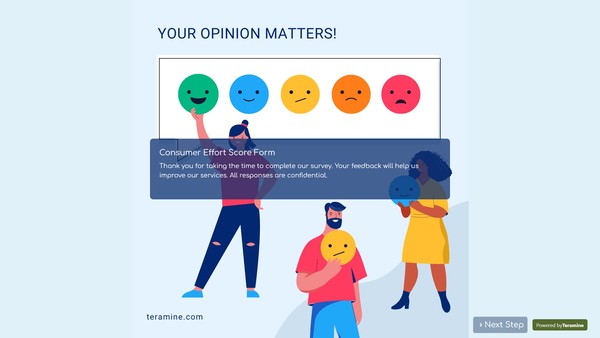
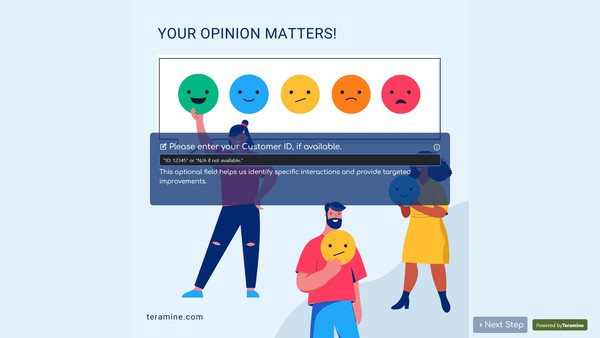
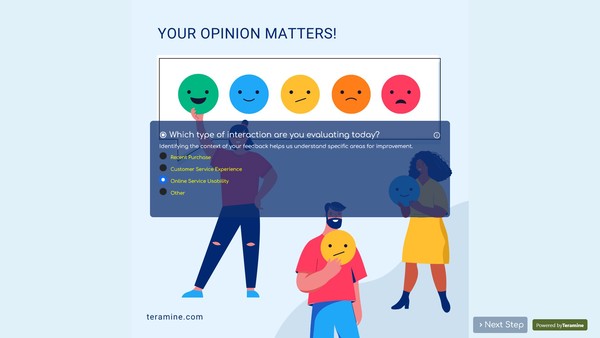
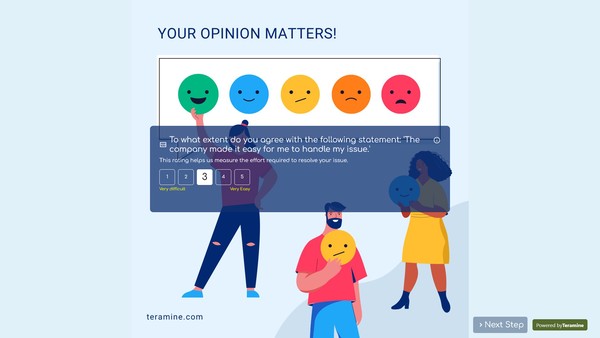
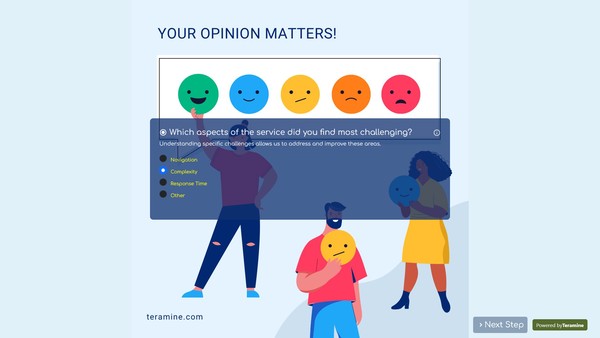
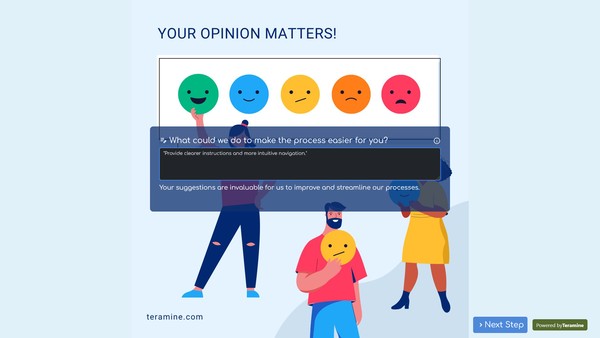
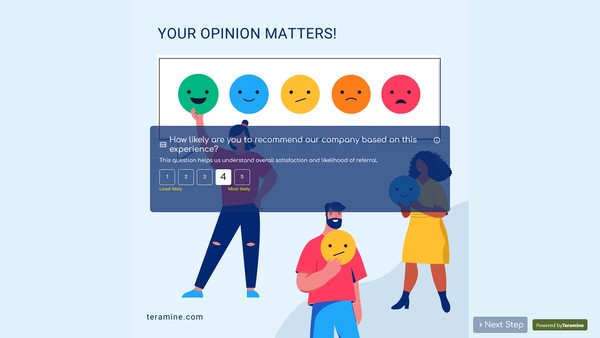
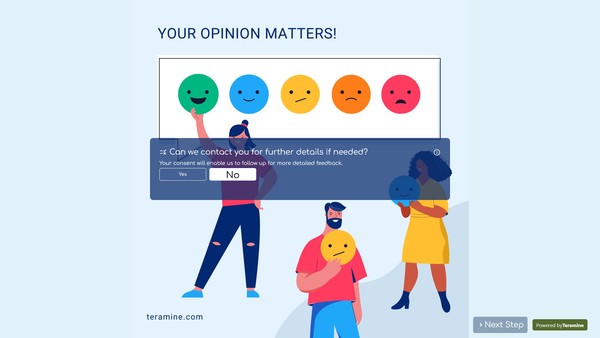
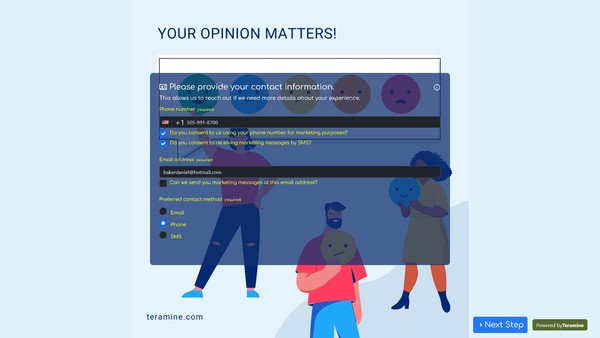
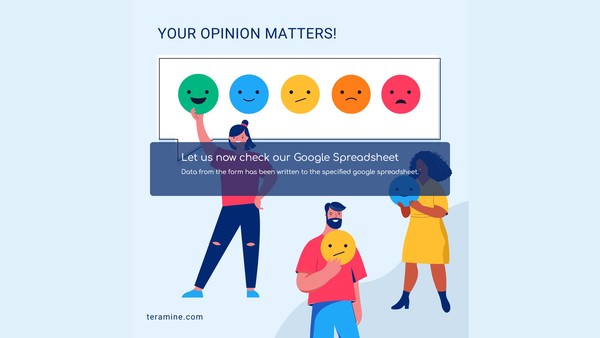
Consumer Effort Score Form FAQs
A Consumer Effort Score (CES) Form is a tool used by organizations to measure the ease with which customers can complete a specific interaction or transaction with a business. The purpose of the CES is to gauge the level of effort required by consumers to achieve their desired outcome, such as resolving a service issue, making a purchase, or obtaining information.
Typically, a CES Form consists of a simple survey where customers are asked to rate their experience on a scale—often from “very low effort” to “very high effort.” The insights generated from CES surveys help organizations identify areas for improvement in their processes, products, or customer service models.
By focusing on minimizing customer effort, companies can enhance customer satisfaction, increase loyalty, and potentially drive higher sales. The insights derived from CES data can inform training for staff, streamline processes, and enhance overall customer experience. Additionally, benchmarking CES over time or against industry standards can provide valuable competitive insights.
A Consumer Effort Score (CES) form is a valuable tool for assessing the ease or difficulty consumers experience when interacting with a business. To ensure the effectiveness of a CES form, it should contain the following key components:
Clear Instructions: A brief introduction explaining the purpose of the form and guiding respondents on how to complete it.
Simple Rating Scale: A straightforward numerical or descriptive scale (e.g., 1 to 5 or "Very Easy" to "Very Difficult") to capture the level of effort required by the consumer during their interaction.
Contextual Questions: Specific questions to understand the nature of the customer experience being evaluated. Examples include:
- "How easy was it to find the information you needed?"
- "How simple was the checkout process?"
Open-Ended Feedback Section: An area for respondents to provide comments or suggestions regarding their experiences. This qualitative data can offer deeper insights into customer sentiment and improvement areas.
Demographic Questions (Optional): Collecting basic demographic data (e.g., age, location) may help analyze trends and differences in effort scores across various consumer segments, although this should be optional to maintain focus on the core assessment.
Follow-Up Contact Information (Optional): Offering respondents the opportunity to provide their contact details for follow-up questions or clarifications can enhance customer engagement and show that the business values their feedback.
End Thank You Note: Acknowledging the time taken by respondents to complete the form improves customer relations. A simple thank you can foster goodwill.
By incorporating these elements, a Consumer Effort Score form can effectively gauge customer perceptions of effort and provide essential data for enhancing service quality and overall customer satisfaction.
Utilizing a Consumer Effort Score (CES) Form offers several advantages that can enhance both customer experience and business performance. Here are the primary benefits:
Simplicity of Measurement: The CES is designed to be straightforward, allowing customers to rate their experience in a simple manner. This makes it easier for businesses to collect data and analyze customer feedback.
Focus on Customer Experience: By measuring the effort required by customers to interact with a product or service, businesses can gain insights into pain points and streamline processes. This focus helps improve overall customer satisfaction.
Direct Link to Customer Loyalty: Research indicates a strong correlation between consumer effort and customer loyalty. Reducing the effort required by customers can lead to higher retention rates and increased customer advocacy.
Actionable Insights: The data gathered from CES forms enables businesses to identify specific areas that require improvement. This actionable feedback can inform targeted strategies to enhance service delivery and reduce friction in customer interactions.
Predictive of Future Behavior: Lower consumer effort often translates to repeat business. Monitoring CES can provide predictive insights into customer behavior, assisting in forecasting demand and retention strategies.
Benchmarking: Companies can use CES scores to benchmark against industry standards or competitors. Understanding how their score compares can inform strategic decisions and highlight areas for competitive differentiation.
Encourages Continuous Improvement: Regularly collecting CES data fosters a culture of continuous improvement within organizations. By identifying areas for enhancement, businesses can adapt and evolve in line with customer expectations.
Enhances Employee Engagement: A focus on consumer effort can also empower employees by providing clear objectives for improving customer interactions. This clarity can enhance job satisfaction and engagement among staff.
Supports Omnichannel Strategy: Collecting CES feedback across multiple channels provides a comprehensive view of customer experiences. This holistic perspective allows businesses to create a more cohesive and effective omnichannel strategy.
In summary, implementing a Consumer Effort Score Form is a strategic approach that can provide valuable insights into customer satisfaction, drive loyalty, and promote efficient operational improvements.
Yes. We take the security of your data very seriously. We have built our application in compliance with the latest security standards. Your data is locked down with access allowed only after strict security checks. In addition, we use the latest SSL encryption standards to protect your data in transit from our servers to your device. You can also protect your forms by using our captcha widgets to prevent spam.'








